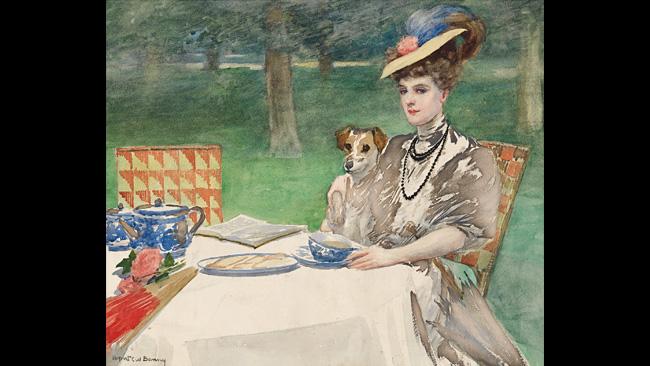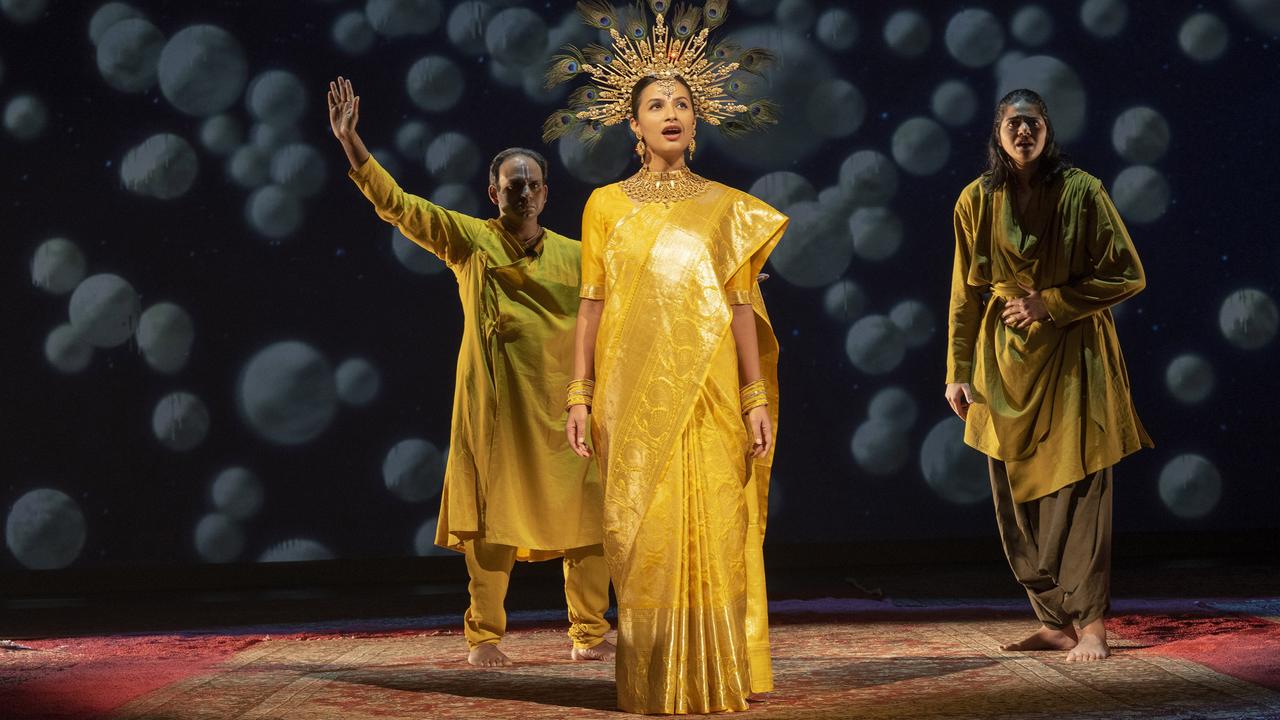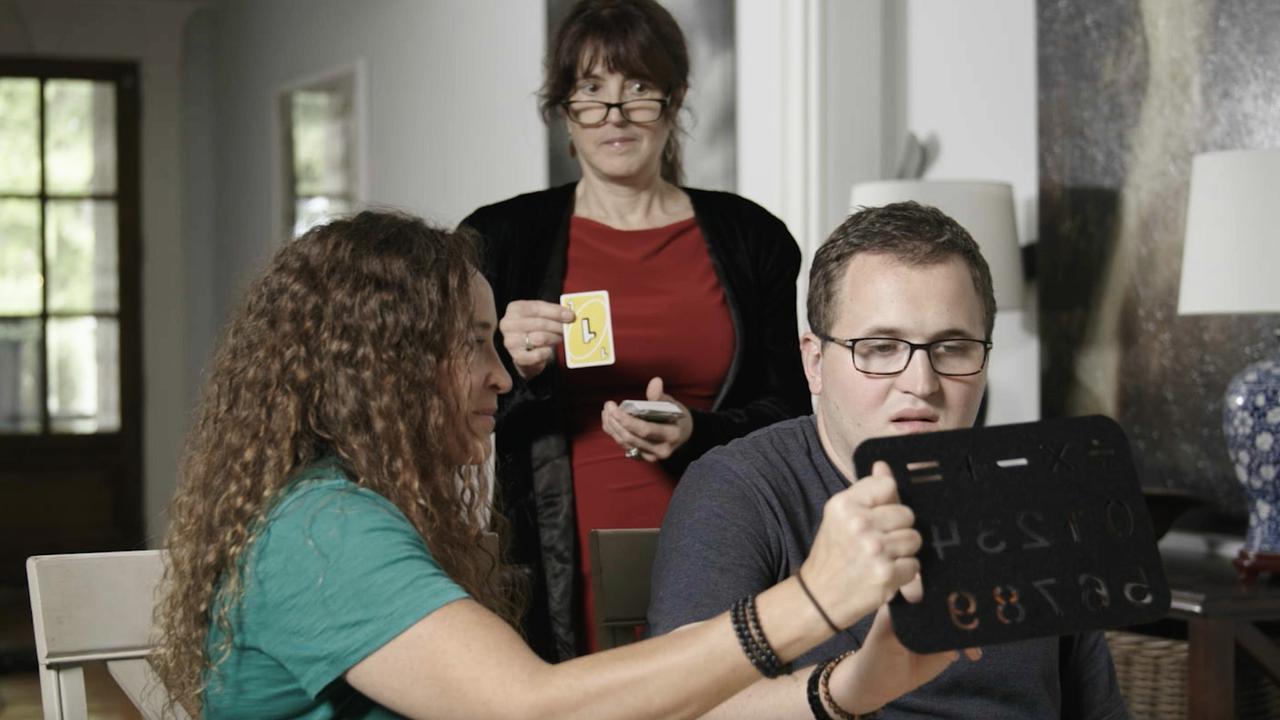Face time for Australia's landscape masters
THE portraits painted by Tom Roberts and other members of the Heidelberg School are not so much underrated as rather overlooked.

THE portraits painted by Tom Roberts and other members of the Heidelberg School are not so much underrated as rather overlooked, simply because of the importance of their achievement in the field of landscape painting.
The National Portrait Gallery's Impressions: Painting light and life is thus a welcome opportunity to consider a selection of the best of these pictures, rather than glancing at them in passing after spending time with the landscapes.
The Heidelberg School, often but rather misleadingly known as the Australian impressionists, was the first self-conscious art movement, and its members were the first real group of artists in a country whose painters had previously been solitary practitioners, even if some, like Eugene von Guerard and Nicholas Chevalier, were friends.
It formed after Roberts returned from England in 1885 and started to paint with his friends Louis Abrahams and Frederick McCubbin, and was then joined by Arthur Streeton and Charles Conder. The group dissolved with the departure of Streeton (1897) and Roberts (1903) to try their fortunes in England.
The Heidelberg painters were long considered the first important artists in Australia, and enthusiasm for their pictures unfairly eclipsed such predecessors as John Glover, Conrad Martens and Louis Buvelot, as well as von Guerard and Chevalier who have just been mentioned; these misperceptions have been corrected to some degree over the past few decades. Glover was the subject of an important exhibition in 2003, while the outstanding von Guerard show which opened at the NGV last year is now on display at the Queensland Art Gallery. The smaller but valuable survey of Chevalier, at Geelong Regional Gallery, was reviewed here a few weeks ago.
To rediscover these substantial artists is not to depreciate the work of the Heidelberg painters. Roberts and Streeton in particular gave Australians a new way of seeing their natural surroundings, and at the same time a new way of imagining their place in this land. The importance they attached to the representation of bright sunlight was not, as has so often been implied, simply a matter of opening their eyes and seeing what was there for the first time, as though Australia were all blue sky and glare.
In fact they selected and emphasised certain aspects of the environment, such as the heat and brightness, because they felt them to be quintessentially Australian: it was as much a symbolic choice as a matter of naturalistic observation, and that choice was to celebrate the specific nature of a harsh land and the character of people who could live in such conditions.
Streeton took up the same challenge in painting itself, by executing a number of works, such as The Purple Noon's Transparent might, in the midday sun, even though this meant working in conditions of considerable discomfort, and although painters for centuries had avoided the light conditions of midday because it is too bright and there are no shadows to give form to the view.
All of this was part of a mood of emerging nationalism, as Australia approached federation at the turn of the century, although it is interesting that Streeton left before this momentous event and Roberts shortly afterwards -- in his case, however, prompted by the commission to paint the huge commemorative picture of the inauguration of the commonwealth parliament that today hangs in Parliament House in Canberra.
This is why the Heidelberg painters encountered nothing like the opposition that initially greeted the French impressionists in the 1870s. It is a good example of the principle that one must look past superficial formal similarities in artistic movements to understand the role they played in their specific cultural milieu: in the French world of the 1870s, traumatised by recent defeat at the hands of the Prussians, impressionism could look like an expression of demoralisation, anarchy and decadence; in Australia 15 or so years later, the Heidelberg movement was part of a nationalist momentum.
Art deals with symbols and meanings rather than literal representations of our surroundings, so it is not really surprising to consider that while so many pictures were about the natural environment of Australia, and celebrated the solitary labour of the selector, the small-holding pioneer clearing the land and converting it to useful purposes, the great majority of the population at the time already lived in a few great cities, just as they have always continued to do.
Correspondingly, much of the income to be earned as an artist in Australia at the end of the 19th century was derived from portraits - likenesses of these urban people, for the most part, which collectively give us another image of Australia about the time of federation. We discover a world that is urban rather than rural, and that has, sometimes self-consciously, a city sophistication without being very far either from pioneer origins or from continuing connections with the land.
It is thus a world of real people that we encounter in this exhibition, to set beside the semi-mythical characters of Heidelberg landscape and figure painting, and yet of course real people seen through certain more or less visible conventions of style and social presentation.
Interestingly, one of the first pictures in the show is a kind of hybrid: Tom Roberts's A summer morning's tiff (1886), which is far more a picture of certain social class than the likeness of any individual. A well-dressed couple has gone out for a morning's ride and had an argument of some kind; they have dismounted on the side of the road and the young woman has wandered into the bush where she stands, face in shadow. The implication of her attitude and of the title is that she will return to him and it will all be over; but in the moment of suspense and stillness we are invited to contemplate the subtle harmonies of sandy browns and dusty blue-greens of the natural setting.
We feel, in this picture, not just that Roberts is a fine painter, but what is just as important, that he is one whose ability and sensibility are perfectly calibrated to his subject. There is the same quality in Conder's tiny sketch of the interior of the farmhouse at Mount Eagle, Impressionists' Camp (1889). Conder does not always hit the mark in this way, but here he has achieved something small but perfect in its own way, from the asymmetrical composition to the completely unified and strictly limited palette which nonetheless gives the impression of painterly richness.
Other fine portraits by Roberts include the well-known image of the young Streeton in profile and the three-quarters image of Professor Marshall-Hall, as well as the striking Sketch portrait, Sir Alex Onslow, with his head tilted to one side and slightly back. His female portraits are often particularly sensitive, like the fine Eileen (1892), whose profile he charges with a certain mystery partly through the use of dark masses in the hair and coat and partly through the light veil over her face, but importantly also in the loosely finished texture of the work.
Other sitters painted by Roberts, like Miss Florence Greaves (1898), who turns away with a slightly wry expression, or the full-length Mrs J. St V. Welch, seem anything but mysterious. In these cases, as in other portraits by Streeton (Mrs W. H. Read, 1890) or George Walton (Priscilla, 1886), we encounter individuals who don't inspire us with any great desire to know them better, or persuade us they have much inner life.
The portraits themselves are basically workmanlike in their approach, presumably capturing a sound likeness, endowing the sitters with a sense of life and even at times a dash of panache or a touch of pathos, but achieving these effects partly through leaving a certain uncertainty and indeterminacy in the image. Of course as we approach the season of the Archibald Prize, one can't help reflecting how much better these pictures are, for all their modest scope: they come at least from a living practice of portrait-making that did not have to rely on gimmicks and shock tactics to prove its interest.
Not all the portraits in the exhibition were painted in Australia, and indeed some of the most remarkable items were either executed overseas or by artists who spent most of their working lives away. One notable example is the sheet of portrait studies of Vincent van Gogh by John Peter Russell. Energetic and surprisingly powerful for this often unremarkable artist, the sketches are mappings of van Gogh's cranial structure - his hair appears to be closely cropped - in preparation for the portrait which is today in the Van Gogh Museum in Amsterdam and which Vincent himself declared his favourite.
There are several portraits by Rupert Bunny of his perennial subject, his wife Jeanne, but as so often they remain rather opaque, a beautiful mask even when, as in the charming watercolour of her taking tea in the garden, she looks straight at the artist.
Hugh Ramsay stands out as almost always for the energy and fluidity of his painting, both in the self-portrait standing at the easel, painted while he was still in Europe, and in the famous portrait of his sisters, sitting for him in their sumptuous white gowns; they must have known by now that their brother was dying, and the faces are involuntarily suffused with gravity.
George Lambert, his friend - the two sailed to Europe together in 1900 - is represented by a couple of works. The first is a drawing in pen and wash, a reminder in its anecdotal style of his career as an illustrator for The Bulletin. It is the interior of a Paris cafe, with musicians playing in the background, lightly sketched in. The foreground is occupied by a group of three figures, possibly autobiographical. A young man and a woman sit listening to a bald-headed figure wearing glasses, presumably meant to be an intellectual or writer, who appears to be boring them. The young man looks ahead with a somewhat glazed expression, while she glances sideways at her partner and reaches under the table to squeeze his hand, whether urging patience or suggesting a quick getaway is uncertain.
The possibility that the male figure is a self-portrait raises the suggestion that the female one may be modelled on Thea Proctor. The two were lifelong friends and no doubt at least platonic lovers for a time; his early portraits of her leave little doubt as to his feelings. In fact the most beautiful and memorable painting in the exhibition, giving Thea her full name, is Study for Alethea (1905), in which her tall elegant figure sweeps across the countryside like the goddess Diana, accompanied by a dog. The dense but rapid handling of the paint evokes the tension between chastity and passion that seems to have been her secret.
Impressions: Painting light and life, National Portrait Gallery, Canberra, to March 4



